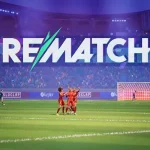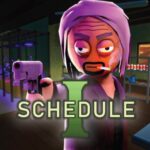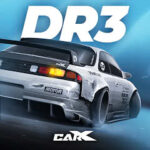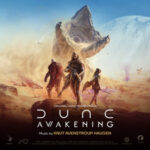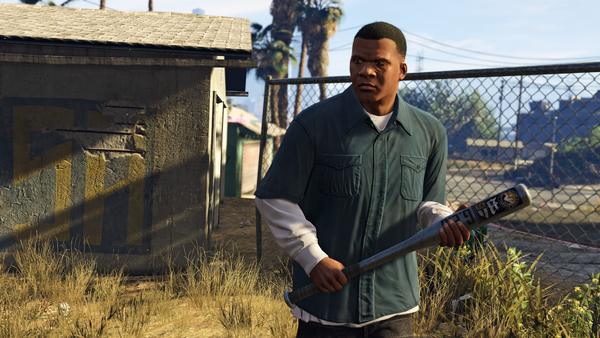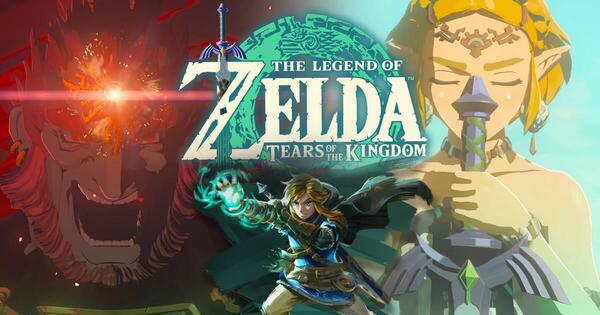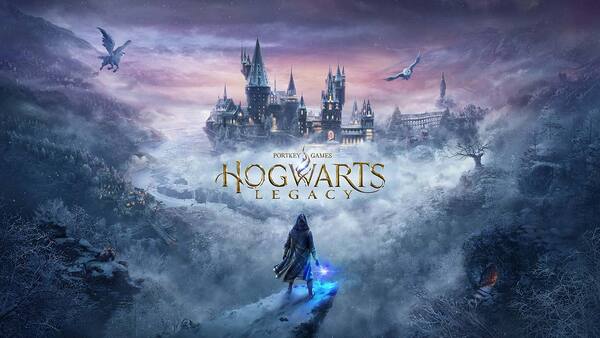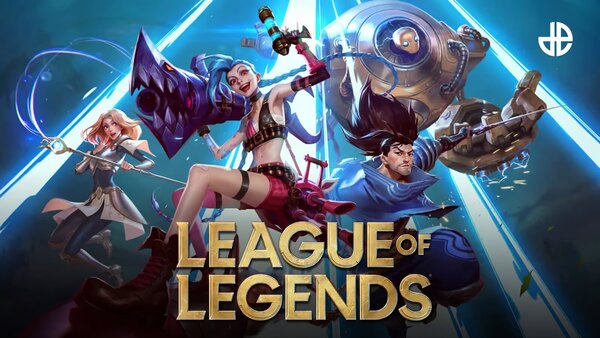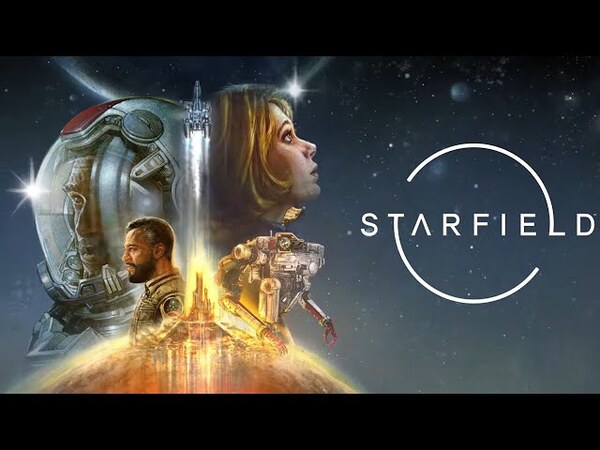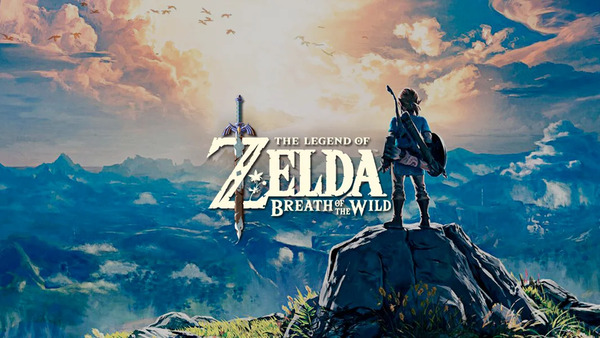God of War Ragnarök has arrived as one of the most highly anticipated games of recent years, continuing the critically acclaimed reboot of the God of War franchise. Developed by Santa Monica Studio and published by Sony Interactive Entertainment, Ragnarök picks up the story of Kratos and his son Atreus as they navigate the impending apocalypse foretold in Norse mythology. This game blends intense action, deep storytelling, and breathtaking visuals to deliver an unforgettable experience. In this article, we explore the journey of God of War Ragnarök in detail, covering its development, gameplay innovations, narrative depth, graphics, and more. We also provide a balanced expert review including pros, cons, and an overall rating to help gamers decide if this epic adventure lives up to its hype.
The Journey to God of War Ragnarök: Development and Expectations
Following the success of the 2018 God of War reboot, the anticipation for a sequel was enormous. Announced at PlayStation’s 2020 showcase, God of War Ragnarök promised to expand the story and world while refining the gameplay mechanics that fans loved. The development team at Santa Monica Studio took great care in crafting a narrative that would satisfy both newcomers and longtime fans.
The game builds on Norse mythology, setting the stage for Ragnarök—the prophesied destruction of the gods and the world. Expectations were high for an immersive story, advanced graphics leveraging PlayStation 5’s power, and a continuation of the dynamic relationship between Kratos and Atreus. After several years of development and some delays, Ragnarök launched to widespread critical acclaim, praised for its depth and polish.
Storyline and Narrative Depth
At its core, God of War Ragnarök is a story-driven game that explores themes of fate, family, and identity. The narrative picks up shortly after the events of the previous game, with Kratos and Atreus trying to prevent or survive the chaos of Ragnarök. Their journey takes them through diverse realms from Norse mythology, encountering gods, giants, and monsters.
The father-son dynamic remains central, with the story deepening Atreus’s character and his struggles with his identity as Loki. The game excels at balancing intimate emotional moments with grand mythological stakes. Rich dialogue, strong voice acting, and cinematic cutscenes contribute to a compelling narrative experience that rivals top-tier storytelling in any medium.
Gameplay Innovations and Mechanics
God of War Ragnarök refines and expands upon the action-RPG gameplay introduced in the 2018 installment. The combat system remains visceral and satisfying, featuring Kratos’s signature Leviathan Axe alongside the Blades of Chaos, now both fully integrated with new skills and combos. The addition of new abilities, weapons, and runic attacks offers players greater variety and tactical options in combat.
Exploration has been improved with more open environments and secrets to uncover in various realms. The game also introduces new traversal mechanics and puzzles that challenge players’ problem-solving skills. Additionally, the role-playing elements are enhanced with deeper customization, crafting, and progression systems allowing players to tailor their playstyle.
Visuals and Audio Design
God of War Ragnarök is a visual showcase for the PlayStation 5, featuring stunning, photorealistic graphics and meticulously detailed character models. The environments range from snowy mountains and dark forests to mythical realms filled with awe-inspiring architecture. Lighting effects, particle systems, and weather dynamics create an immersive atmosphere that heightens the game’s emotional impact.
The audio design complements the visuals perfectly, with an epic orchestral soundtrack that shifts to match the tone of the story. Voice performances, especially from actors like Christopher Judge (Kratos) and Sunny Suljic (Atreus), bring depth and authenticity to the characters. Sound effects—from the clash of weapons to the roar of mythical creatures—are crafted with exceptional care.
Characters and World-Building
The cast of characters in Ragnarök is diverse and complex. Beyond Kratos and Atreus, players encounter figures like Freya, Thor, Odin, and new allies and adversaries. Each character is fleshed out with unique motivations and arcs, contributing to the layered storytelling.
The world-building stands out as a major achievement, with the game seamlessly integrating Norse myths into its narrative and gameplay. Each realm feels alive and distinct, with lore-rich environments that encourage exploration and discovery. Side quests and optional content further expand the lore and character development.
Challenges and Difficulty Settings
God of War Ragnarök caters to a broad spectrum of players by offering multiple difficulty levels. Whether you prefer a cinematic experience or a challenging combat test, the game provides options to suit your style. The combat can be punishing at higher difficulties, requiring strategic use of dodges, parries, and ability management.
Certain boss fights and enemy encounters are designed to test player skills and mastery of the mechanics. The game also features accessibility options to assist players who may struggle with certain gameplay elements, demonstrating a commitment to inclusivity.
Performance and Technical Aspects
Optimized for PlayStation 5, God of War Ragnarök delivers smooth performance with near-instant loading times thanks to the SSD. Players can choose between graphics modes focusing on higher resolution or higher frame rates, allowing flexibility based on preference.
The game runs with minimal bugs and technical issues, reflecting Santa Monica Studio’s dedication to polish. The load times and stability on PS5 make for a seamless experience, although the PlayStation 4 version has some compromises in performance and visuals.
Comparing Ragnarök to Its Predecessors
Compared to the 2018 reboot and earlier entries in the franchise, Ragnarök expands on many aspects that fans appreciated. While the 2018 game was a reinvention introducing a more personal story and over-the-shoulder camera, Ragnarök builds on that foundation with bigger stakes and more polished mechanics.
The sequel offers larger environments and a broader scope in storytelling, with more complex character relationships and a deeper dive into Norse mythology. Gameplay improvements like additional weapons and smoother combat combos make Ragnarök feel like a natural evolution rather than a simple continuation.
Conclusion:
God of War Ragnarök is a monumental achievement in video gaming, delivering an epic tale wrapped in exceptional gameplay and visual splendor. Its successful blend of mythology, emotional storytelling, and action ensures it will be remembered as one of the greatest games of its generation. While not without minor flaws, the overall experience is compelling and satisfying, especially for fans of the series and lovers of story-driven games.




